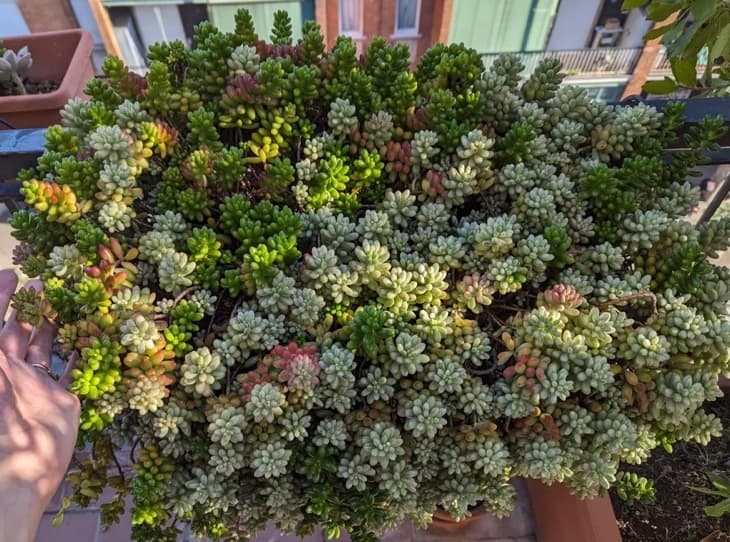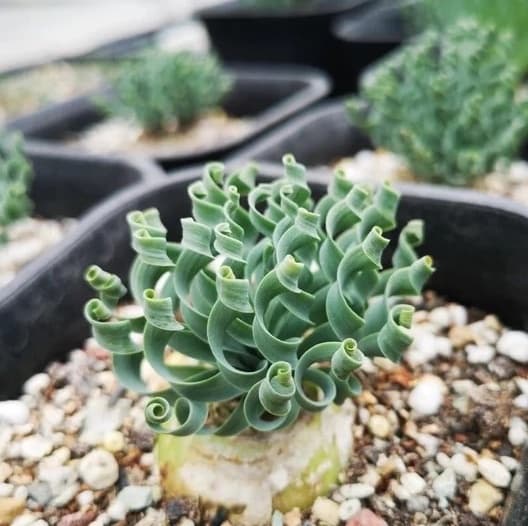Espostoa
Posted by Grace on November 7, 2023

Espostoa is a genus of columnar cacti, comprising 16 species known from the Andes of southern Ecuador and Peru. These unique cacti are primarily found at altitudes between 800 meters and 2500 meters.
In this article, we will explore the various aspects of Espostoa, including its species, appearance, care instructions, propagation methods, and more.
Quick Facts
- Native Habitat: Andes of southern Ecuador and Peru
- Family: Cactaceae
- Water: Low
- Sunlight: Full to partial sun
- Soil: Well-draining cactus mix
Contents
- Why is it called Espostoa?
- Species of Espostoa
- The Appearance of Espostoa
- How to Care for Espostoa
- Is Espostoa Toxic to Pets?
- How to Propagate Espostoa
- Where Can I Buy Espostoa?
- FAQ
Why is it called Espostoa?
Espostoa is named after Nicolas E. Esposto, the renowned botanist from Lima. This genus is characterized by its dense covering of fine spines, which give the cactus a shaggy, "Old Man" appearance, hence the common name "Old Man Cactus."
Species of Espostoa
Espostoa encompasses various species, each with its unique characteristics. Here are some notable ones:
Espostoa guentheri
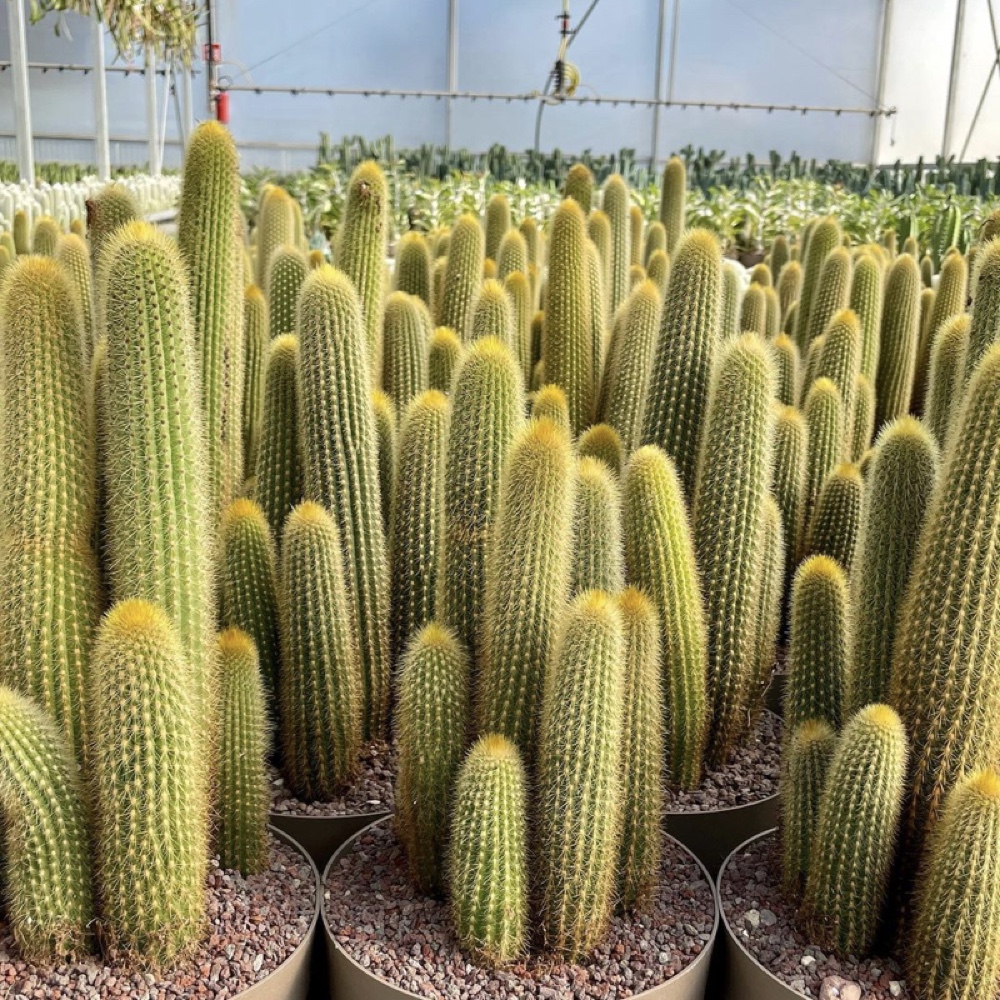
Espostoa guentheri is a columnar cactus with long, green stems and prominent white spines. It can grow up to several feet in height and features small, pink or white flowers.
Espostoa lanata "Peruvian Old Man"
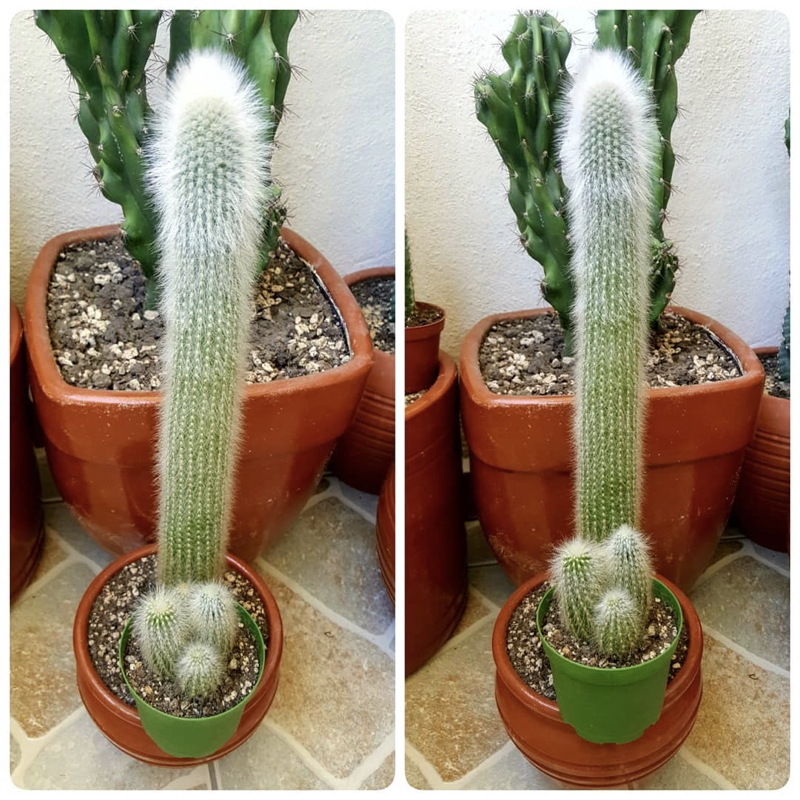
One of the most famous members of the Espostoa family, Espostoa lanata, is recognized for its dense white spines, resembling the hair of an elderly man. It produces lovely, pinkish flowers when in bloom.
Espostoa melanostele "Peruvian Old Lady"
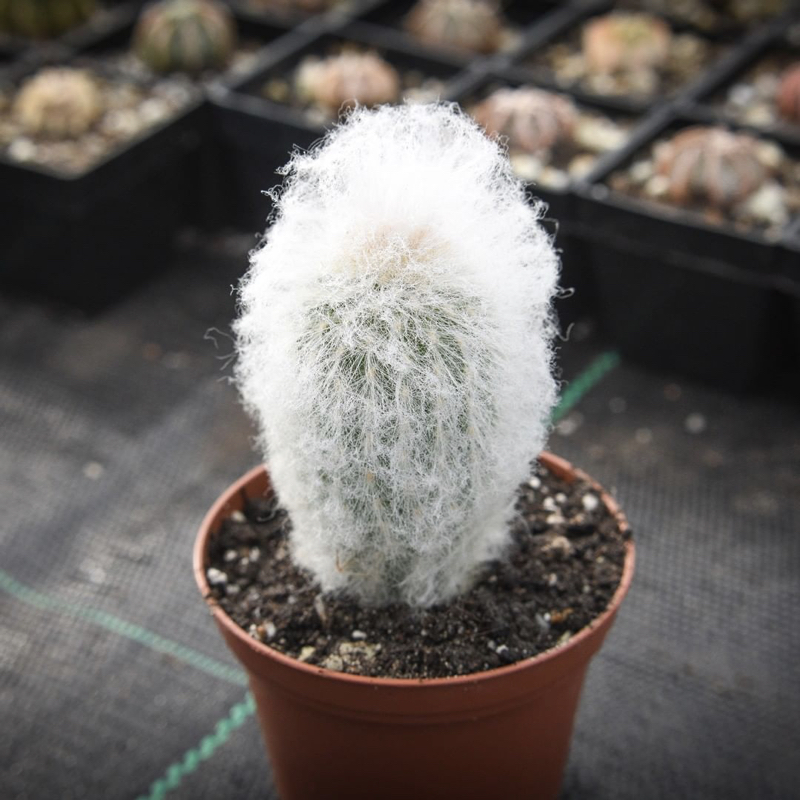
This species, often called the "Peruvian Old Lady," is distinct with its silvery-white spines. Its flowers are usually pink or purple, adding a delightful contrast to its overall appearance.
Espostoa mirabilis
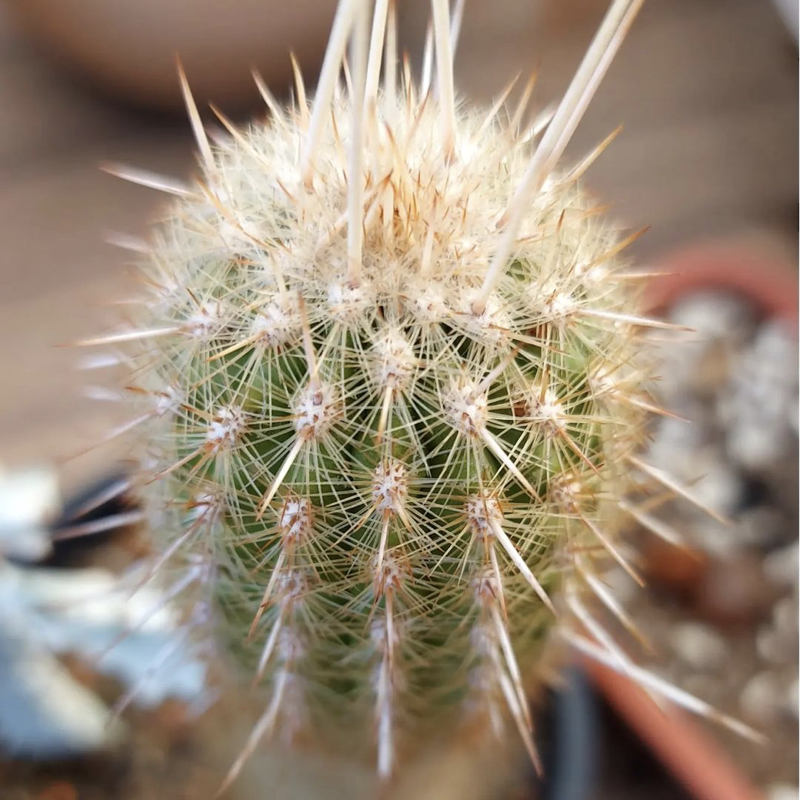
Espostoa mirabilis is known for its strikingly long, golden spines and can reach impressive heights. Its flowers are large and white with yellow centers, making it an eye-catching addition to your collection.
The Appearance of Espostoa
Leaves
Espostoa cacti lack traditional leaves, as is typical for most cacti. Instead, they have cylindrical stems covered in a dense layer of spines. The spines are often the focal point of their aesthetics.
Flowers
Espostoa plants produce beautiful flowers that emerge from the sides of their stems. These flowers come in a variety of colors, including white, pink, and purple, and can be quite striking when in bloom.
Fruits
Espostoa cacti produce sweet and juicy fruit, adding to their appeal. While not all species bear fruit, those that do provide a tasty treat.
How to Care for Espostoa
Caring for Espostoa cacti is relatively straightforward if you adhere to their specific needs:
Light
Espostoa cacti thrive in bright, indirect sunlight. They can tolerate full sun, but it's essential to protect them from scorching rays in hot climates.
Watering
These cacti prefer to dry out between waterings. Water sparingly, ensuring that the soil is completely dry before the next watering. Reduce watering during the winter months.
Soil
Use a well-draining cactus mix to plant your Espostoa. This type of soil prevents waterlogging and root rot, which can be detrimental to these cacti.
Temperature
Espostoa cacti prefer warm temperatures and should be protected from frost. Ideal temperatures range between 70-100°F (21-38°C) during the growing season.
Humidity
They can adapt to low humidity conditions but benefit from occasional misting during hot, dry weather.
Fertilizing
Fertilize your Espostoa with a diluted, balanced cactus fertilizer during the growing season (spring and summer). Reduce or eliminate fertilization during the dormant period (fall and winter).
Pruning
Pruning is generally not required for Espostoa, but you may remove any dead or decaying stems if needed.
Repotting
Repot your Espostoa every few years or when it outgrows its pot. Choose a slightly larger container and refresh the soil mix.
Dormancy
During the winter months, Espostoa cacti go through a period of dormancy. Reduce watering and avoid fertilizing during this time.
Pests and Diseases
Watch out for common cactus pests like mealybugs and spider mites. To prevent these issues, inspect your plants regularly and address any problems promptly.
Is Espostoa Toxic to Pets?
Espostoa cacti are generally considered non-toxic to pets. However, it's always best to keep them out of reach of curious animals to prevent any potential discomfort or harm.
How to Propagate Espostoa
You can propagate Espostoa through stem cuttings. Allow cuttings to callus for a few days, then plant them in a well-draining cactus mix. It's essential to keep the new cuttings in a warm and dry environment until they establish roots.
Need tools for succulent propagation and repotting? Here are my go-to tools: mini tool set (including syringe 💉, gloves 🧤, tweezers 🪤, dust blower 💨, tiny shovels 🛠️) and well-draining mix 🌱.Where Can I Buy Espostoa?
Espostoa cacti are available at many nurseries, garden centers, and online plant retailers. You can often find various species and sizes to suit your preferences.
FAQ
-
How fast do Espostoa cacti grow? The growth rate of Espostoa cacti can vary depending on the species, environmental conditions, and care provided. They are generally slow-growing, and it may take several years for them to reach their full potential height.
-
Do Espostoa cacti require a lot of maintenance? Espostoa cacti are relatively low-maintenance, making them suitable for both beginner and experienced gardeners. Just ensure you provide them with the right conditions and avoid overwatering.
-
Can I keep Espostoa cacti indoors? While Espostoa cacti can be grown indoors, they do best in a well-lit, sunny spot. If you decide to keep them indoors, place them near a south or west-facing window to ensure they receive enough light.
In conclusion, Espostoa, the "Old Man Cactus," is a fascinating addition to any cactus enthusiast's collection. With the right care and attention to their specific requirements, these unique cacti can thrive and become a captivating focal point in your garden or home.



